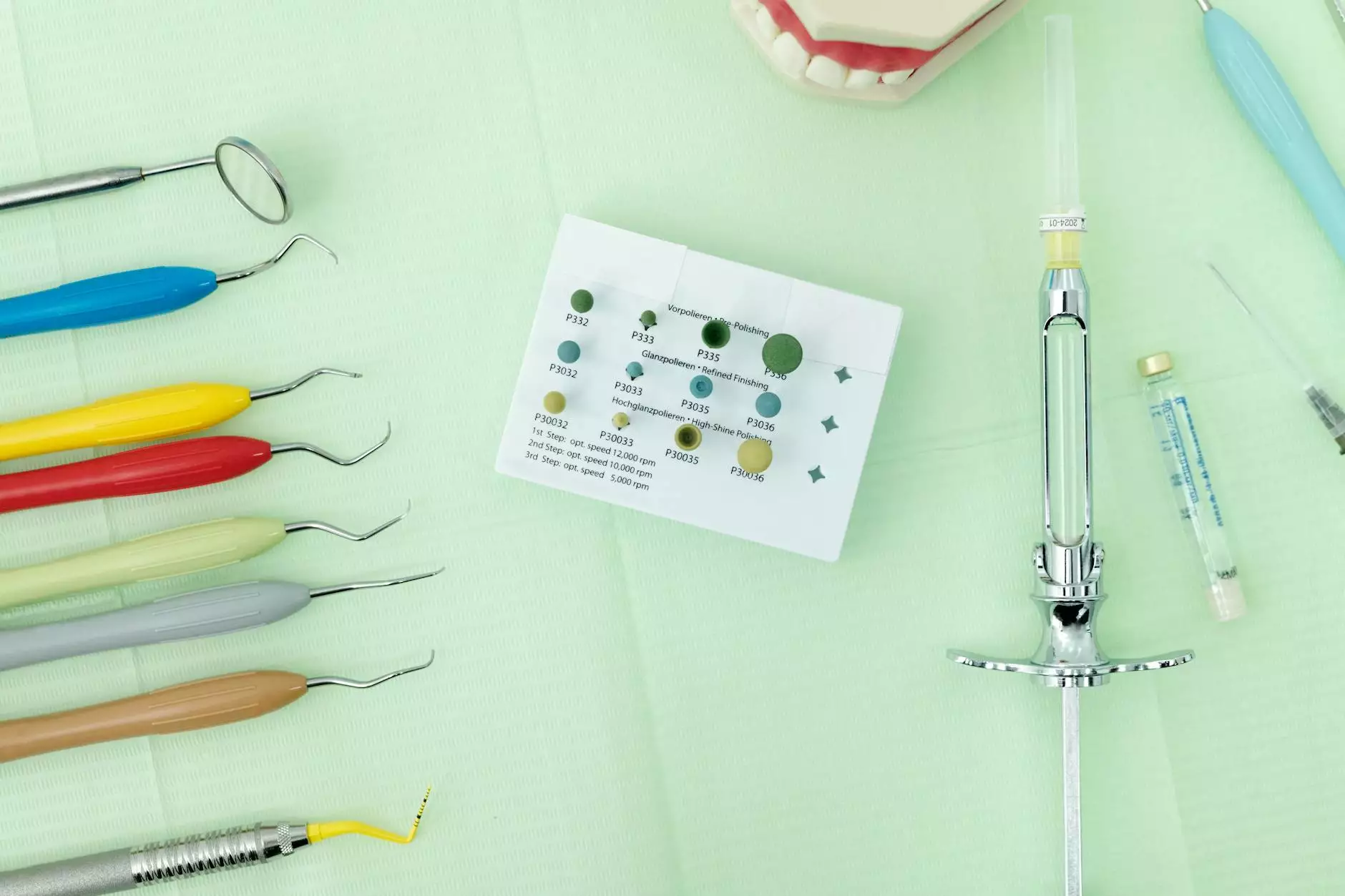The Rise of Dental Vans: A Mobile Solution for Dental Care

In today's fast-paced world, accessibility to quality healthcare, particularly dental care, is crucial. One innovative solution that has emerged in recent years is the dental van. These mobile units are enabling dental professionals to offer their services directly to communities, transforming the landscape of oral health care. This article will delve into the significant benefits of dental vans, their growing importance in the healthcare industry, and how they contribute to improved patient outcomes.
What are Dental Vans?
Dental vans are specially designed mobile units equipped with dental tools and technology to provide a range of dental services to patients wherever they are needed. These vehicles typically come outfitted with:
- Dental chairs that can be easily transported and set up in the mobile unit.
- Basic dental equipment such as drills, x-ray machines, sterilization equipment, and dental supplies.
- Onboard utilities including water supply, waste disposal systems, and sometimes even advanced technology for specific dental treatments.
By leveraging the versatility of these mobile units, dental health professionals can reach underserved communities, schools, nursing homes, and even corporate environments, providing essential preventive and restorative dental services.
The Benefits of Dental Vans
1. Increased Accessibility to Dental Care
One of the most significant advantages that dental vans offer is increased access to dental services. Many communities, particularly rural or low-income areas, may lack the necessary infrastructure for a brick-and-mortar dental practice. Dental vans help bridge this gap by:
- Bringing care directly to patients, eliminating travel obstacles.
- Offering services in environments familiar and comfortable for patients, such as schools or community centers.
- Creating opportunities for people who otherwise may not seek dental care due to cost or logistical barriers.
2. Preventive Care and Education
Dental vans are not only facilities for treatment but also serve as important educational tools. They support preventive care initiatives through:
- Providing dental screenings to detect issues early on, fostering a proactive approach to oral health.
- Conducting oral health education seminars in communities, informing patients about proper dental hygiene practices.
- Offering fluoride treatments and sealants to children, a vital preventive measure to combat cavities.
3. Cost-Effective Solution
For both patients and healthcare providers, dental vans represent a cost-effective solution. By minimizing overhead costs associated with maintaining a traditional office, dental professionals can focus resources on patient care. This leads to:
- Lower prices for dental services, making care more affordable for patients.
- Potential for increased patient volume, which can enhance revenue for dental practitioners.
- Opportunities for partnerships with local health organizations or schools, further reducing costs.
The Technology Behind Dental Vans
The advancement in technology has propelled the effectiveness of dental vans. These mobile units now often come equipped with:
- Digital imaging technology to provide quick and accurate diagnostics.
- Telehealth capabilities that facilitate consultations with specialist dentists remotely.
- Advanced sterilization equipment that ensures high standards of hygiene are maintained.
The integration of technology into these mobile clinics not only enhances service delivery but also improves patient outcomes by enabling timely interventions.
Case Studies: Successful Dental Van Programs
1. School-Based Dental Vans
Several states have implemented school-based dental programs utilizing dental vans. These initiatives have helped address dental health disparities among children. In these programs,:
- Students receive preventive care on-site, reducing absenteeism and improving overall academic performance.
- Parents are more likely to allow children to receive care due to the convenience of not having to miss school or take time off work.
2. Community Health Initiatives
Community health organizations have also adopted mobile dental units to provide care to underserved populations. Some of the key results include:
- An increase in the overall number of patients receiving preventive screenings and treatment.
- Improved oral health in communities that previously had limited access to dental care.
How to Optimize Dental Van Services
To maximize the impact of dental vans, several strategies can be employed:
- Strategic partnerships with local health departments or non-profits to identify communities in need.
- Data collection to assess the effectiveness of services rendered and adjust strategies accordingly.
- Patient engagement programs to encourage follow-up visits and continuous care.
Challenges Facing Dental Vans
While dental vans offer numerous benefits, they do not come without challenges. Some of these include:
- Regulatory hurdles: Compliance with state and federal regulations can be complex.
- Funding limitations: Securing funds for initial setup and ongoing operations can be difficult.
- Logistical issues: Scheduling and routing may present challenges in efficiently serving diverse populations.
The Future of Dental Vans
The future looks bright for dental vans. As technology continues to evolve and the need for accessible health care becomes more pronounced, these mobile units are set to play an increasingly prominent role in the dental industry.
Innovative practices and new partnerships can lead to:
- Diverse service offerings: Expanding beyond basic care to include cosmetic dentistry and specialist services.
- Enhanced patient experiences: Integrating telemedicine for real-time consultations with specialists.
- Sustainable business models: Developing systems that allow for consistent service provision without dependence on grants.
Conclusion
The emergence of dental vans signifies a profound shift in how dental care is delivered, making it more accessible and effective for a broader range of patients. The combination of innovative technology, community engagement, and proactive preventive care has positioned these mobile units as an essential component in the effort to improve oral health across various populations.
As the demand for accessible health care continues to grow, investing in and supporting the development of dental vans could pave the way for a healthier future, ensuring that quality dental care is never out of reach.









